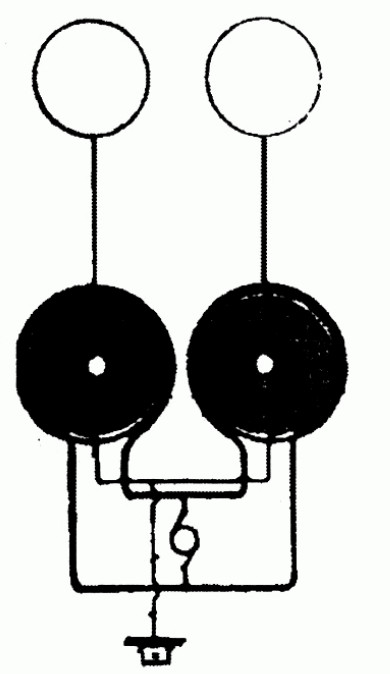Hi folks, Hi ajay, look forward to anything you share.
Going to post in this thread instead of bitt one, since it's not exactly bitt at the moment.
This build is similar to a video i saw posted on youtube, it uses 4 ferrite C cores and a good amount of 24awg. copper wire for the bifilar primary oscillator.
I'm Following newmans or nilrehob's experimental evidence that shows that it is the amount of copper that gives a greater magnetic field compared to turns.
And not as much 30awg. copper wire for the secondary bucking coils.
Will be testing with regular blocking oscillator.
Will report results when i start testing.
peace love light



Going to post in this thread instead of bitt one, since it's not exactly bitt at the moment.
This build is similar to a video i saw posted on youtube, it uses 4 ferrite C cores and a good amount of 24awg. copper wire for the bifilar primary oscillator.
I'm Following newmans or nilrehob's experimental evidence that shows that it is the amount of copper that gives a greater magnetic field compared to turns.
And not as much 30awg. copper wire for the secondary bucking coils.
Will be testing with regular blocking oscillator.
Will report results when i start testing.
peace love light








 Your are such a humble man
Your are such a humble man









Comment